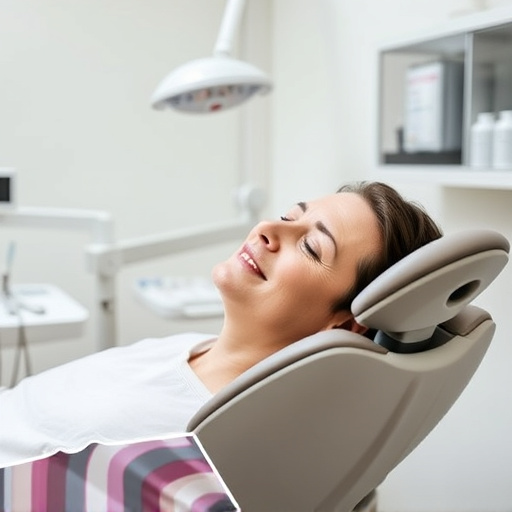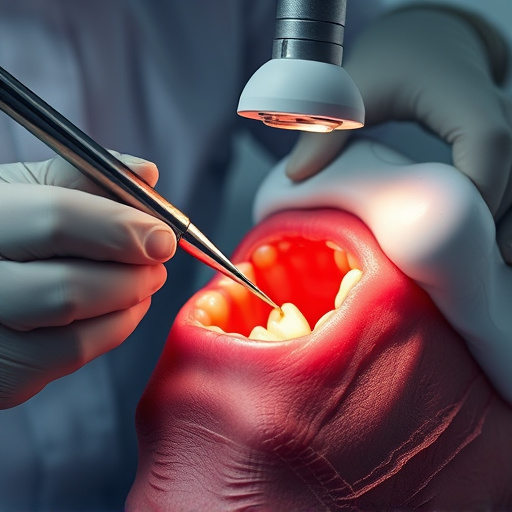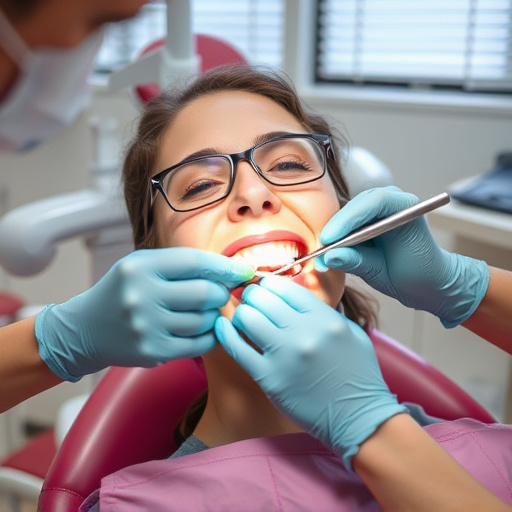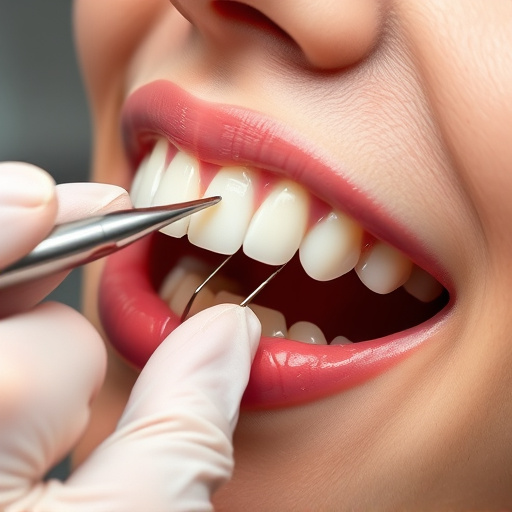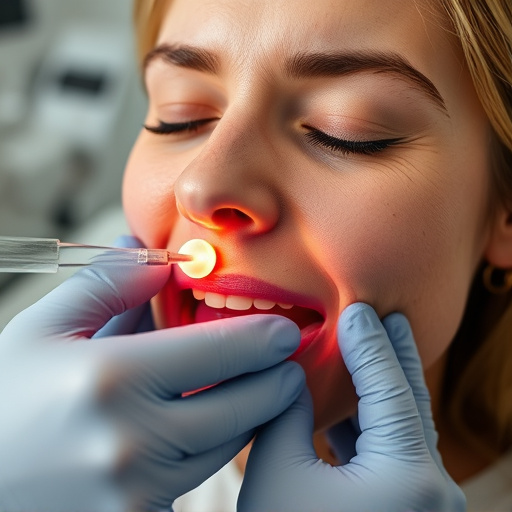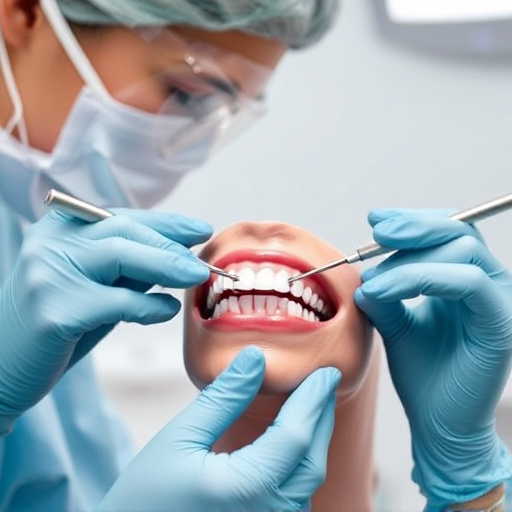Conservative dental treatment emphasizes minimal invasiveness to preserve natural tooth structure, focusing on long-term oral health, patient comfort, and aesthetics. Techniques like dental bonding with composite resin restore chips and cracks, while regular check-ups at a family dentistry practice enable early decay detection. Minimalistic oral care advocates preventive dentistry through regular cleaning and home hygiene, reducing the risk of tooth decay and gum disease. Maintaining healthy teeth involves professional care and personal hygiene practices, including brushing, flossing, dental check-ups, and cleanings every six months. Clear aligners can correct mild orthodontic issues, promoting better bite alignment and overall dental well-being.
Explore the world of conservative dental treatment – a gentle, minimally invasive approach to oral care. This article delves into the benefits and practical steps for maintaining stronger, healthier teeth. Discover how understanding conservative treatments empowers you to make informed choices, enhancing your smile while preserving your oral health. Learn simple yet effective techniques for at-home care, ensuring long-lasting results.
- Understanding Conservative Dental Treatments
- Benefits of Minimalistic Oral Care
- Practical Steps for Healthy Teeth at Home
Understanding Conservative Dental Treatments
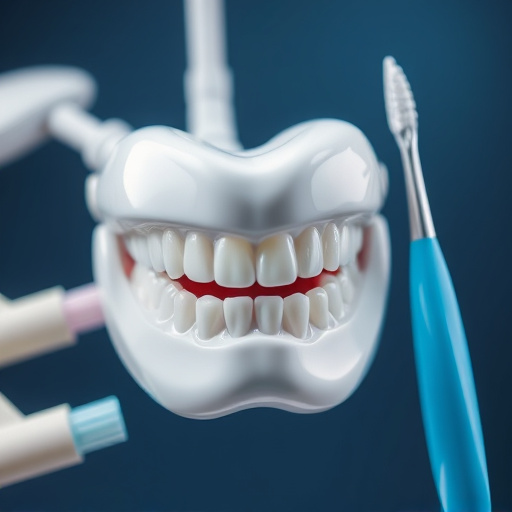
Conservative dental treatments focus on minimizing invasive procedures to preserve the natural tooth structure as much as possible. These approaches are designed to promote long-term oral health while ensuring comfort and aesthetics for patients. One common conservative technique is dental bonding, where a composite resin material is applied to the tooth surface, matching its natural color and shape. This method is ideal for repairing chipped or cracked teeth, closing gaps between teeth, and restoring a patient’s smile without removing significant enamel.
Additionally, dental fillings play a crucial role in conservative dentistry. When dealing with minor to moderate decay, dentists can use fillings made from materials like amalgam or composite resins. These fillings not only restore the tooth’s function but also help prevent further damage by sealing off the affected area. Regular check-ups at a family dentistry practice allow for early detection of such issues, making conservative treatments more effective and less extensive.
Benefits of Minimalistic Oral Care
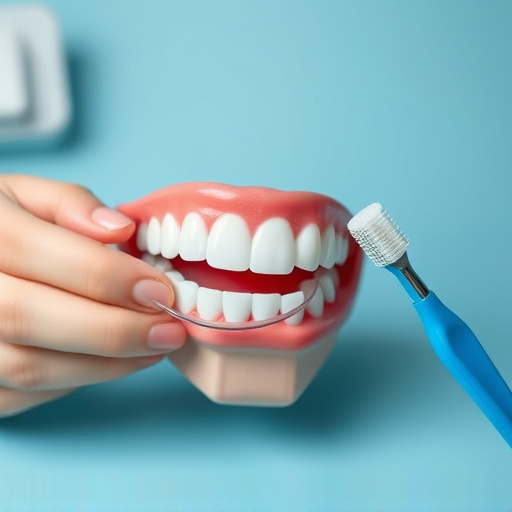
Minimalistic oral care focuses on conservative dental treatment approaches that prioritize long-term health and strength over quick fixes or extensive procedures. This philosophy emphasizes natural teeth preservation, minimizing invasive treatments like cosmetic fillings and avoiding complex procedures unless absolutely necessary. By adopting a preventive dentistry approach through regular teeth cleaning and meticulous home hygiene, individuals can significantly reduce the risk of tooth decay, gum disease, and other oral health issues.
Such an approach not only cuts down on dental costs but also enhances overall well-being by minimizing exposure to anaesthetics, reducing time in the chair, and preserving the natural structure and function of teeth. This conservative strategy is particularly beneficial for individuals with sensitive teeth or those aiming to maintain a youthful appearance by avoiding unnecessary alterations to their smile.
Practical Steps for Healthy Teeth at Home
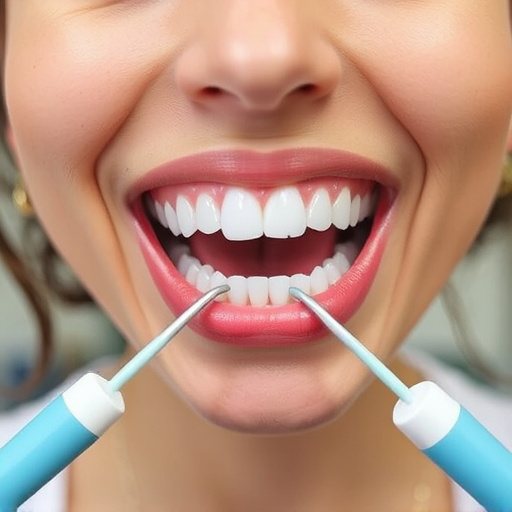
Maintaining strong, healthy teeth requires a combination of professional care and diligent at-home practices. Incorporating simple, conservative dental treatment techniques into your daily routine can significantly contribute to long-term oral health. Start by adopting good hygiene habits such as brushing twice daily with a soft-bristled toothbrush and using fluoride toothpaste. Flossing once per day is also crucial for removing plaque buildup between teeth where a brush cannot reach.
In addition to these foundational practices, consider incorporating preventive dentistry strategies like regular dental checkups and professional cleanings every six months. These visits not only allow your dentist to monitor your oral health but also provide an opportunity for early detection of potential issues. Even clear aligners, a popular option in general dentistry for correcting mild orthodontic problems, can contribute to better bite alignment and overall dental health when worn as directed.
Conservative dental treatments offer a gentle, effective approach to oral care, prioritizing prevention and minimal intervention. By adopting these practices, you can achieve stronger, healthier teeth while preserving your natural smile. Incorporating practical home care routines and understanding the benefits of minimalistic oral care is key to long-term dental wellness. Remember, when it comes to your teeth, less can indeed be more.




